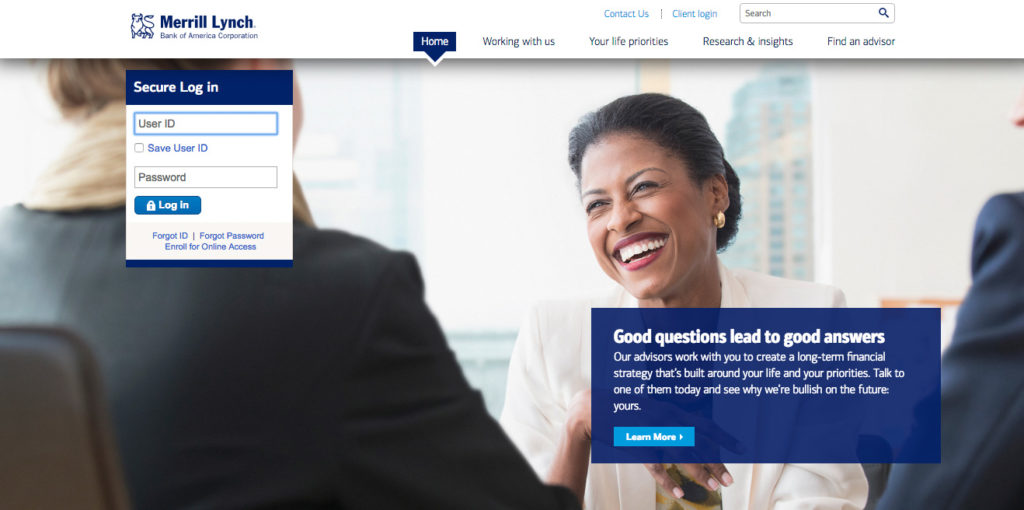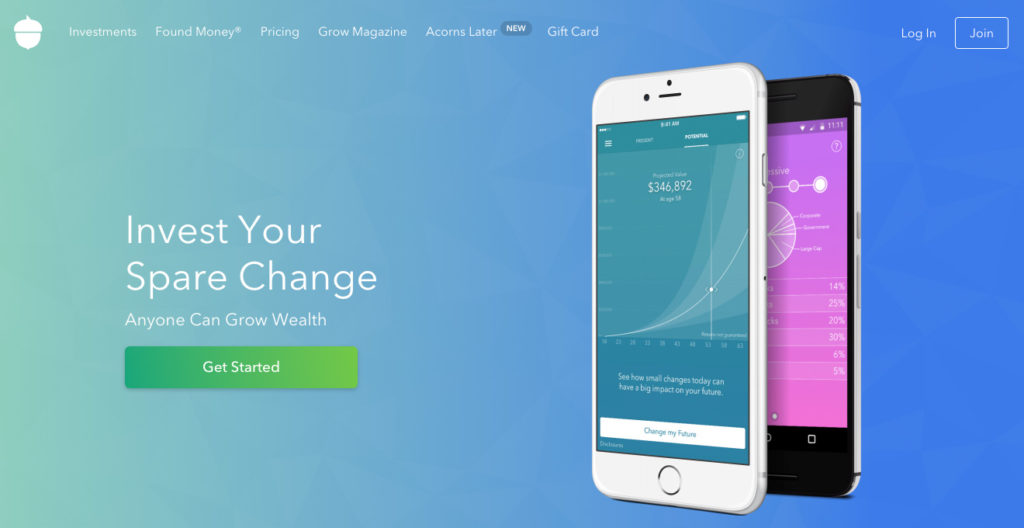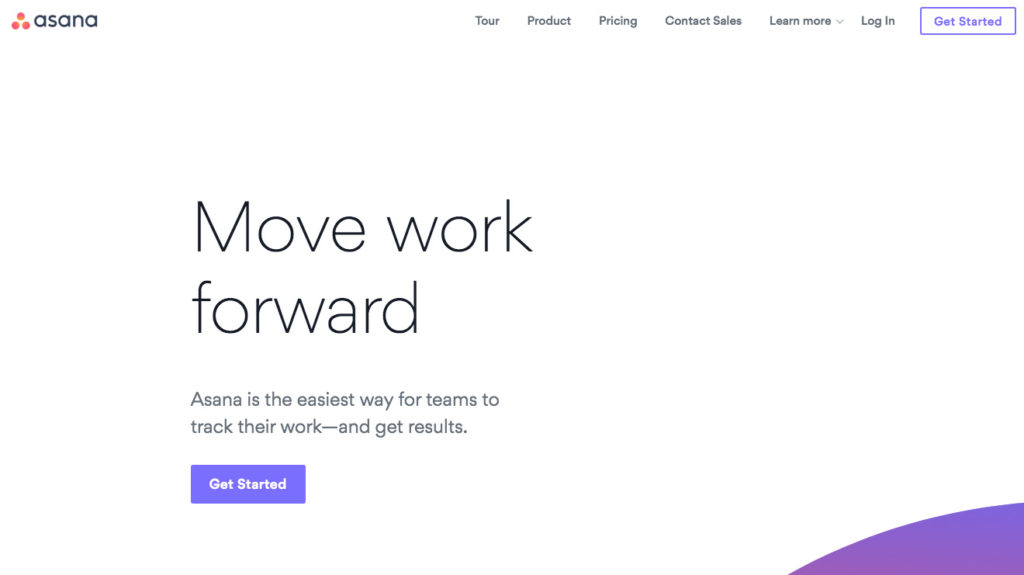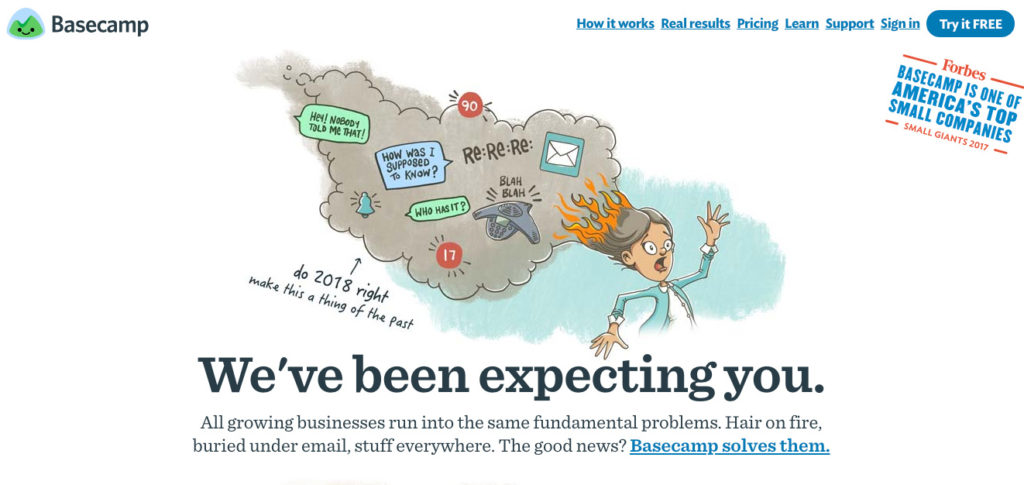
There’s a well known idea that you can classify any business into one of two camps: Vitamin or Painkiller.
Vitamins provide long term benefits. They’re an investment that will help you make progress on larger goals. Unfortunately, the delay of gratification with a vitamin can cause friction for customers seeking to make a purchase.
Painkillers solve an immediate need. They’re something you can apply to make progress on a goal right away. The period between payment made and value received is short. As a result, it’s much easier for a customer to pull the purchase trigger.
Companies are on a constant hunt for the most direct path to convert leads into customers. The longer term benefit of a vitamin is a more complex sell.
A painkiller company can focus on the benefits customers see for themselves today. A vitamin company has to paint a picture of what customers might be some day.
Most companies aren’t strictly one or the other. Even if a company has strong vitamin qualities it can still tap into painkiller elements.
At this point you might wonder whether your company is more of a vitamin or a painkiller. If you pause reading for a minute, you can take our quiz and find out:
[interact id=”5af1a51df6b1800014b6dcdf” type=”quiz”]
You might think that certain industries are inherently more aligned with being a vitamin or a painkiller. There’s some truth to that. An on-demand car service has a natural painkiller quality, while life insurance leans heavy into vitamin status.
But with the right position and message even a more vitamin-leaning business can reveal its painkiller side.
Below are a couple examples.
Retirement Investing
There aren’t many industries that can compete with retirement investing in terms of vitamin intensity.
It’s something everyone knows is important and yet is so easy to put off. No matter how many presentations, lectures, and commercials we see it’s hard to prioritize benefits that are often decades away.
Is there a way to make investing feel immediate and tangible?
First let’s look at the standard approach via Merrill Lynch:

“Questions”, “advisors”, “long-term”, “life”, “future”
Their position sounds like classic investing. It’s complicated, lengthy, and not something I can handle myself.
The messaging tries to paint that in a friendly, positive light, but it’s not something you’ll jump into lightly.
That’s the classic sign of a vitamin — something I see value in but will gladly put off.
Now, let’s look at another take on investing, Acorns:

“Spare Change”, “Anyone”, “Grow”, “Wealth”
Despite still being an investment product, this is clearly a much different position. This sounds easy, accessible, and immediate. If I’m feeling some pain around my lack of investments this would be a quick way to kill it.
Of course, Acorns has a very different approach that focuses on investing small amounts of money. But it’s still centered around the same core activity to invest money for later.
The next part of their page further reinforces these painkiller concepts.

“Micro”, “5 Minutes”, “Automatically”
That’s serious painkiller talk. And probably why they’ve had 3,000,000 people use the service.
The point is that Acorns found a way to make financial investing feel immediate. Even if it’s not a complete answer to all your retirement needs, it’s getting your foot in the door. That’s better than putting it off until next year.
Their position and message speak to today and tomorrow.
Project Management
Ooph. Here’s another vertical with that classic vitamin scent.
I’ve used many project management tools over the years and fully understand the value of them. But the primary benefits are more for the long term health of projects. Keep things on schedule, keep track of communications, organize assets.
On a single day, and especially at the start of a project, there’s often no pain to kill. The investment you’re making is for a smooth ride throughout and a solid landing at the end.
Here’s the classic approach via Asana:

“Move”, “work”, “forward”, “teams”, “track, “results”
Yup, I guess that’s project management. Sigh.
I’m not saying “Move work forward” is a bad message, but there’s almost no immediacy to it. It speaks to more of a glacial eventuality kind of vibe.
In fact, I would argue that my work will move forward with or without a project management service. What’s pushing me to try this now? Even if my project was starting tomorrow this doesn’t compel me to think I need to “Get Started” today.
And similar to other messaging traps like “change” and “different”, “results” is totally ambiguous and not inherently positive. They may not be good, but a team will “get results” with or without Asana.
Now let’s take a look at another option, Basecamp:

Whoa. This is a very non-traditional headline as it provides neither benefits nor a description of the product. But with the strength of the image and subheadline, the message is clear: Your work is crazy and we want to fix it.
Words like “problems”, “fire”, and “buried” all sound like things I want to solve today.
Even if I’m not feeling these symptoms now, I remember what it felt like last time.
This positions Basecamp as a tool that will solve your problems immediately. The messaging tells me that project management isn’t something just to track and watch over time, it’s something that affects my livelihood.
This is something I need to try today.
Find Your Painkiller Qualities
The success of a business isn’t determined by its status as a vitamin or painkiller. However painkillers do have advantages when it comes to tapping into a natural urgency with customers.
If you want to harness some of that urgency for your business, ask yourself: “What problems do we address that would make someone buy thistoday?”
If you want help understanding your customers’ motivations and pains, download our free worksheets below:


